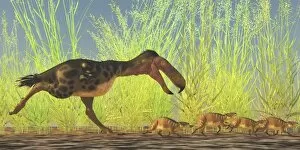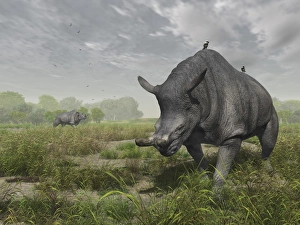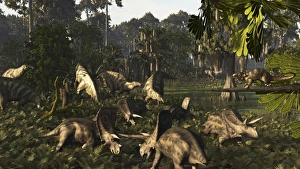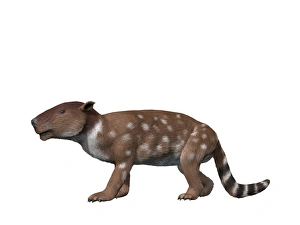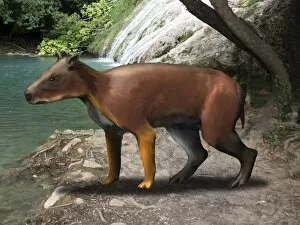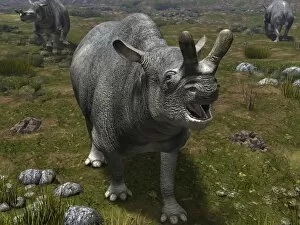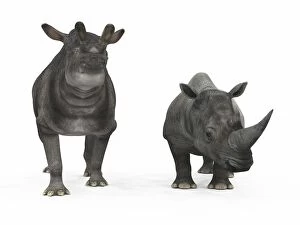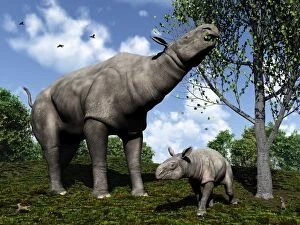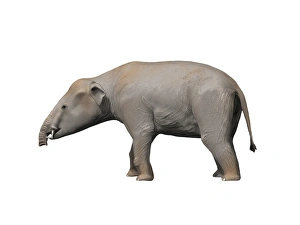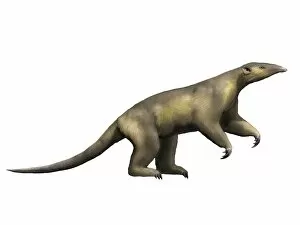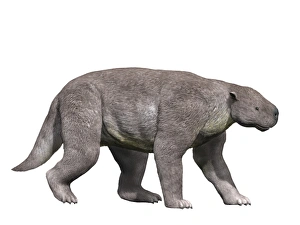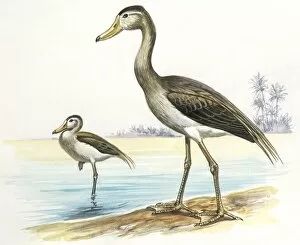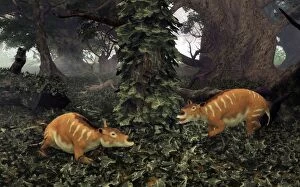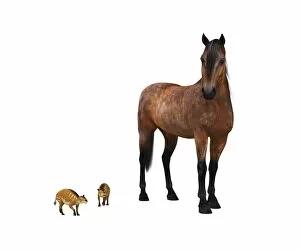Paleogene Collection
"Paleogene: A Journey Through Time" In the depths of history, Eurohippus gracefully roamed the Earth, an extinct genus of equid ungulate
All Professionally Made to Order for Quick Shipping
"Paleogene: A Journey Through Time" In the depths of history, Eurohippus gracefully roamed the Earth, an extinct genus of equid ungulate. Against a pristine white background, we catch a glimpse of this ancient creature's beauty. As Brontotherium wandered through the lush late Eocene landscape, its massive presence commanded attention. This towering beast was truly a sight to behold. Amidst this prehistoric realm, a large Kalenken flightless terror bird hunted smaller Eurohippus with relentless determination. The struggle for survival played out in vivid detail against nature's backdrop. Venturing further into the past, we encounter various dinosaurs from the Hell Creek Formation. These magnificent creatures ruled their domain with awe-inspiring might and grandeur. Astonishing comparisons come to light as we witness an adult Paraceratherium standing tall beside a modern White Rhinoceros. The sheer size difference between these two majestic mammals is nothing short of astounding. Pantolambda bathmodon emerges from the Paleocene epoch as a pantodont that once thrived during this era. Its unique features offer us glimpses into an ancient world long gone but not forgotten. Elomeryx steps onto our stage as an artiodactyl ungulate hailing from the Cenozoic Era. Its graceful movements and elegant form remind us of nature's endless creativity throughout time. Leaving its forest habitat in search of sustenance, Brontotherium embarks on an epic quest for survival. This mighty creature's journey unfolds before our eyes, revealing both strength and vulnerability in equal measure. Eomanis waldi takes center stage as a pangolin from Germany during the Eocene epoch—a testament to Earth's rich biodiversity even millions of years ago. Its existence serves as a reminder that life has always found ways to adapt and thrive across continents and eras alike.

